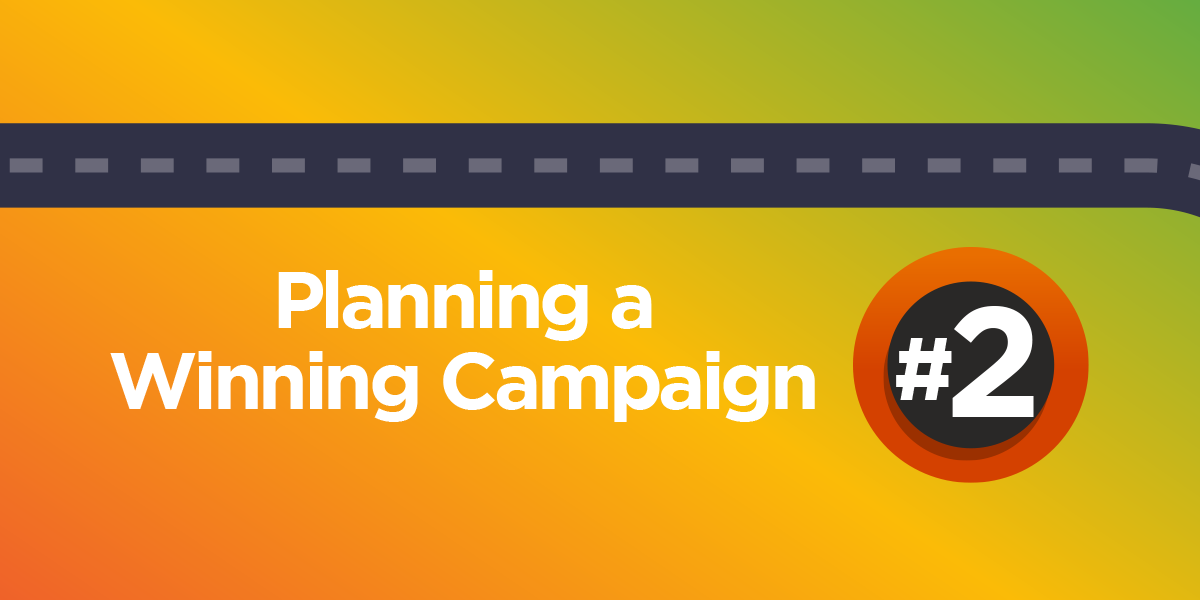In post #1 of our Google Ads series we covered the Research & Discovery stage.
In this new post we’ll be moving our journey on to…
Stage 2: Campaign Planning
Whatever your business or sector, whatever your audience and goals, the Campaign Planning stage is one you really can’t skimp on.
Why would you even want to?
Calling it fun is maybe an oversell, but the planning stage of your soon-to-be-mind-blowing Google Ads efforts gifts you terrific insight into your organisation.
That’s because all successful Google Ads campaigns – in fact, all successful marketing campaigns of any stripe – are built on solid understanding.
At this stage, it’s worth mentioning that whilst our series concentrates on Google Ads, the methods and disciplines we discuss apply also to the Microsoft-owned Bing Ads service.
In addition to offering search ads on the Bing search engine itself, the service carries ads also across Yahoo. A two-pronged approach – combining a Bing presence with the might of Google Ads – is one that Hookson champions, and one that packs a formidable punch when it comes to reach and effectiveness.
So… let’s get started, as we focus on the crucial areas of keyword analysis, ad groups and content and, perhaps surprisingly, how competitor ads can elevate your campaign.
Keyword analysis
What’s in a word? Lots.
Keyword analysis underpins Google Ads success. Essentially this is a regular SWOT analysis of the words and phrases you’ll use – or avoid (you can exclude search terms too) – to build a targeted, measurable and cost-effective campaign.
Phrases
Begin by putting yourself in your targets’ shoes. Imagine you own a terrific Edinburgh hotel: which phrases might your guests be checking out before checking in?
Ideally, you want a campaign characterised by a blend of long-tail phrases like Edinburgh-based digital marketing agency and short-tail terms like digital marketing Edinburgh
Here, a good old-fashioned brainstorm is a fine way to begin. But you’ll quickly want to broaden things out. So use a keyword checking tool like Google Keyword Planner.
Excluding keywords – the word ‘cheap’ for example – acts as a filter, guiding Google to exclude your ad from being triggered by the word in question. When used well, this process can increase high-quality visits and reduce clicks that bring you no return, but still cost you money. Bing offers a similar tool too, and you’ll find out more about it here.
Monthly searches
Google’s tool is also your go-to for keeping pace with the latest trends. As words and phrases fall in and out of use, for a campaign to click it’s vital your finger’s on the pulse. So analyse keywords each month at a minimum.
Small screen. Big success.
Google’s powerful video ads run on YouTube and across the internet via the Google Display Network. Beyond keyword selection, videos are targeted using methods including demographic groups, interests and even life events.
Using movies? A tool to check out is Google’s intuitive Reach Planner, which helps you plan more effective and efficient campaigns.
Looking for hands-on expertise? As well as creating your video content with you, Hookson can ensure laser-guided targeting from the off, and perform regular reviews aimed to help you keep hitting the mark.
For a campaign to click it’s vital your finger’s on the pulse. So analyse keywords each month at a minimum.
